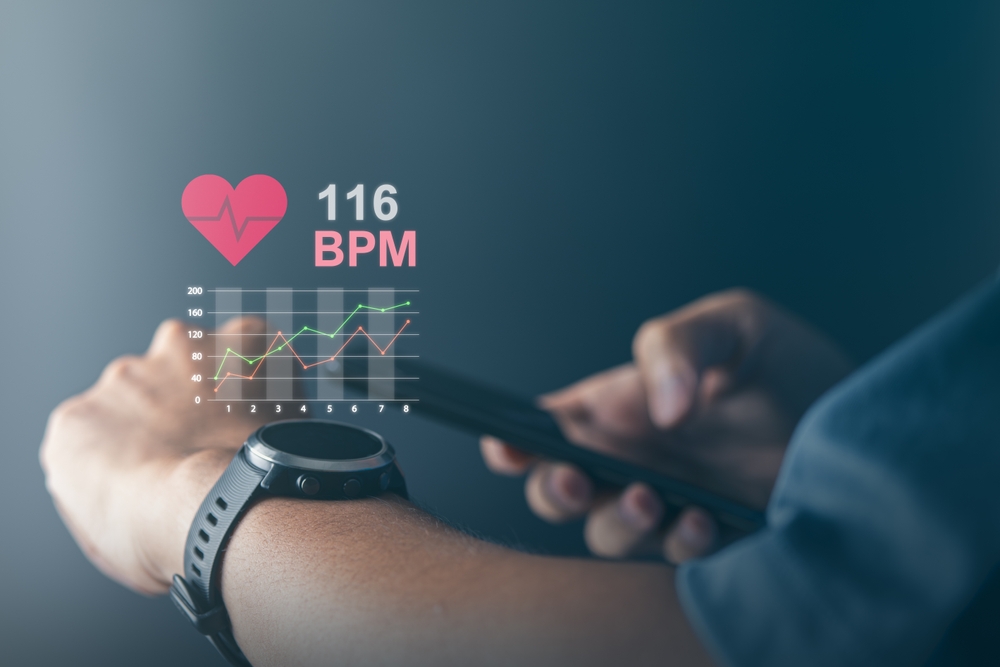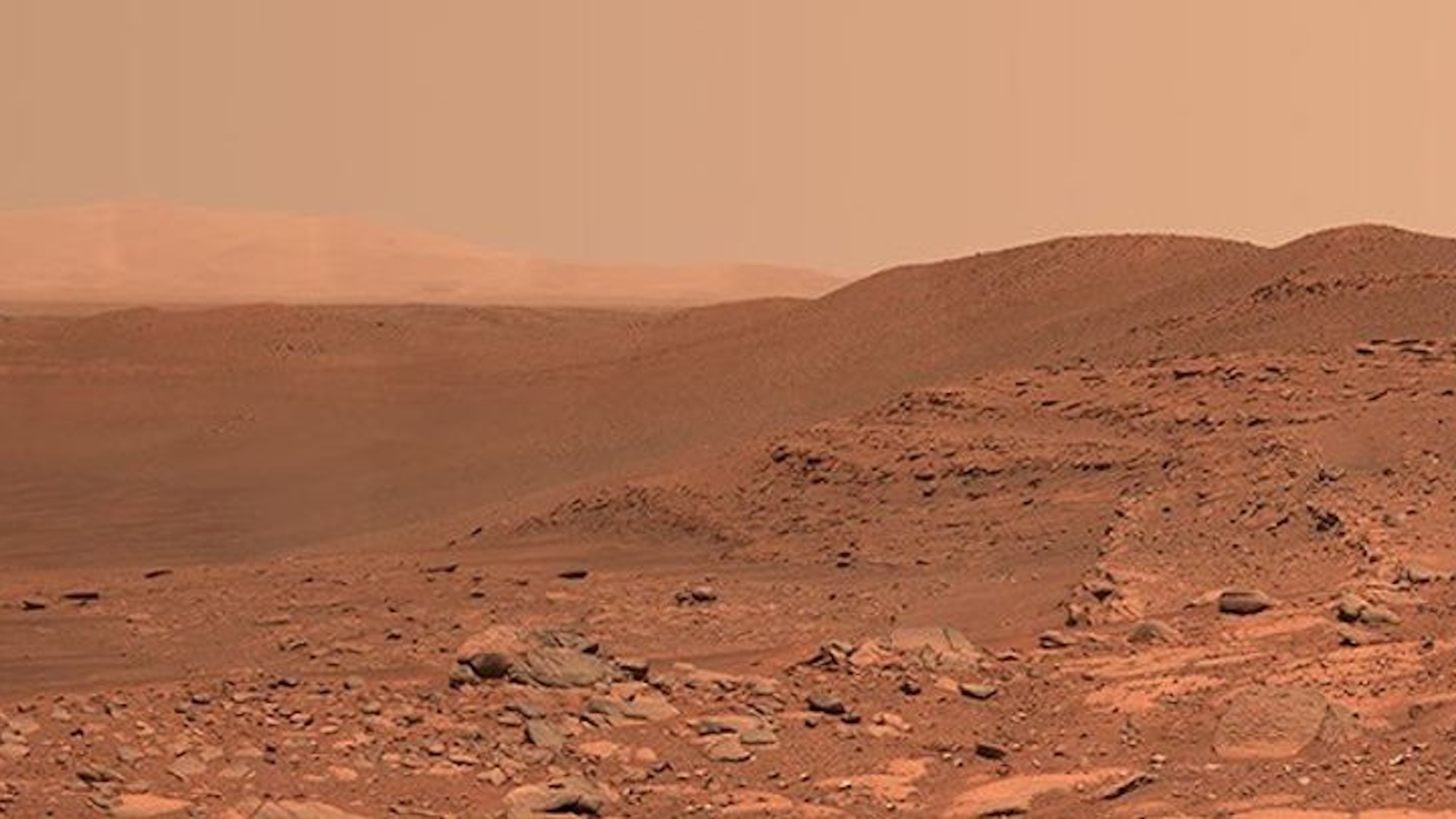www.businessinsider.com
The seven founding members of Twenty25 Ventures. Madison McIlwain 2025-03-31T20:32:59Z SaveSaved Read in app This story is available exclusively to Business Insider subscribers. Become an Insider and start reading now.Have an account? Harvard MBAs are launching Twenty25 Ventures to invest in their classmates' companies.The fund will take contributions from the class of 2025, starting as small as $3,000.In the past five years, students at several top business schools have launched similar funds.Students in Harvard Business School's graduating class have made an executive decision fortunes are made through access, not exclusion.Seven members of HBS's class of 2025 have collectively raised close to $1 million for a class fund they're calling Twenty25 Ventures.The fund is built through contributions from the graduating class and will invest solely in startups founded by peers an investment structure that's taking off at business schools as students look to find footing in a traditionally rarefied funding ecosystem.The founders Yoav Anaki, Yuval Efrat, Lisa Yan, Insoo Chang, Lindsay Atkeson, Madison McIlwain, and Rob Muldowney began discussions during the 2023 to 2024 school year, and started fundraising in earnest in September. They're closing the fund this month and will begin deploying it in April over a five-year period.They also recruited a cadre of high-profile venture capitalists as advisors including Alex Kayyal, partner at Lightspeed Venture Partners, Bryan Kim partner at Andreessen Horowitz, Sara Choi, partner at Wing Venture Capital, and Sanjay Rao, managing partner at Tau Ventures. Several of its more than 10 advisors are alumni of HBS."It's no surprise that Harvard Business School people are doing business together, right? That is the genesis of the school," McIlwain told Business Insider. Twenty25's "thesis is if you just backed an index of HBS graduates in your class you would outperform the S&P."Harvard MBA graduates have raised close to $80 billion in venture capital funding in the past decade, more than any other business school, according to PitchBook. The school's top-funded companies include battery maker Northvolt, used car marketplace Kavak, and cloud security startup Lacework. It came in second after Stanford Graduate School of Business for the greatest number of unicorn founders, producing about 4.2 per 1,000 graduates, according to a LinkedIn post from Stanford professor Ilya Strebulaev.Twenty25 will invest in startups raising $500,000 or more in rounds led by institutional investors and select venture capital firms. The average investment check size will be between $10,000 and $50,000.Its goal is to give more HBS students a chance to tap into their exclusive network before they embark on their careers and build wealth."We wanted to lower the barrier to entry and give more of our classmates the chance to participate in venture investing," McIlwain said. "Generational wealth creation begins with access."The fund takes student checks as low as $3,000 and caps them at $100,000, or 10% of the fund.Students want to bet on each otherHarvard's fund is inspired by Stanford 2020, a venture capital fund launched by Stanford Graduate School of Business students in 2020 to invest in their classmates' startups. The fund garnered backing from nearly half of the 2020 class, raising over $1.5 million, and had a minimum of $3,000 for contributions.In a 2020 interview with TechCrunch, Stanford 2020 founder Steph Mui said the fund was born from the inaccessibility of angel investing through which high net-worth individuals put capital into early-stage ventures: "Only accredited people can do it, it feels very elite," she said."We started thinking more about if we can actually make this something that the whole class could participate in, or at least make it more accessible to more than just like these small pockets of people that do it behind closed doors," she said.She later told the outlet that the majority of people who contributed to Stanford 2020 were first-time check writers.PIN, which stands for Power in Numbers, is a platform that Mui spun out of Stanford 2020. It handles all of the administrative, legal, and tax work for investment clubs. Twenty25 is utilizing it because it makes it easier to handle smaller-scale checks than a standard platform for syndicates.In recent years, student-backed funds with similar structures have sprung up at other business schools.Students at University of California Berkeley's Haas School of Business launched Courtyard Ventures in 2021, which has since deployed over $3 million across multiple funds, investing about $50,000 to $100,000 per startup, according to its website. Its general partners also invest about half of their performance fees into campus groups supporting startups.Last year, two members of Wharton's class of 2026 launched Center City Ventures. The fund collects contributions from students in the class of 2026 starting at $3,000, and will invest the money into startups founded across the university, according to its website.The past few years have been tough on MBA graduates including ones from the most elite institutions. White-collar hiring has taken a hit and cut the amount that companies are willing to pay post-MBA hires. The share of graduates from top schools like Harvard, Stanford, and Wharton with jobs three months after graduation has declined since 2021.But class funds at these schools make the case that students see real value in their network."This fund isn't just about startups," she said. "It's about inclusion, ownership, and community."Recommended video










